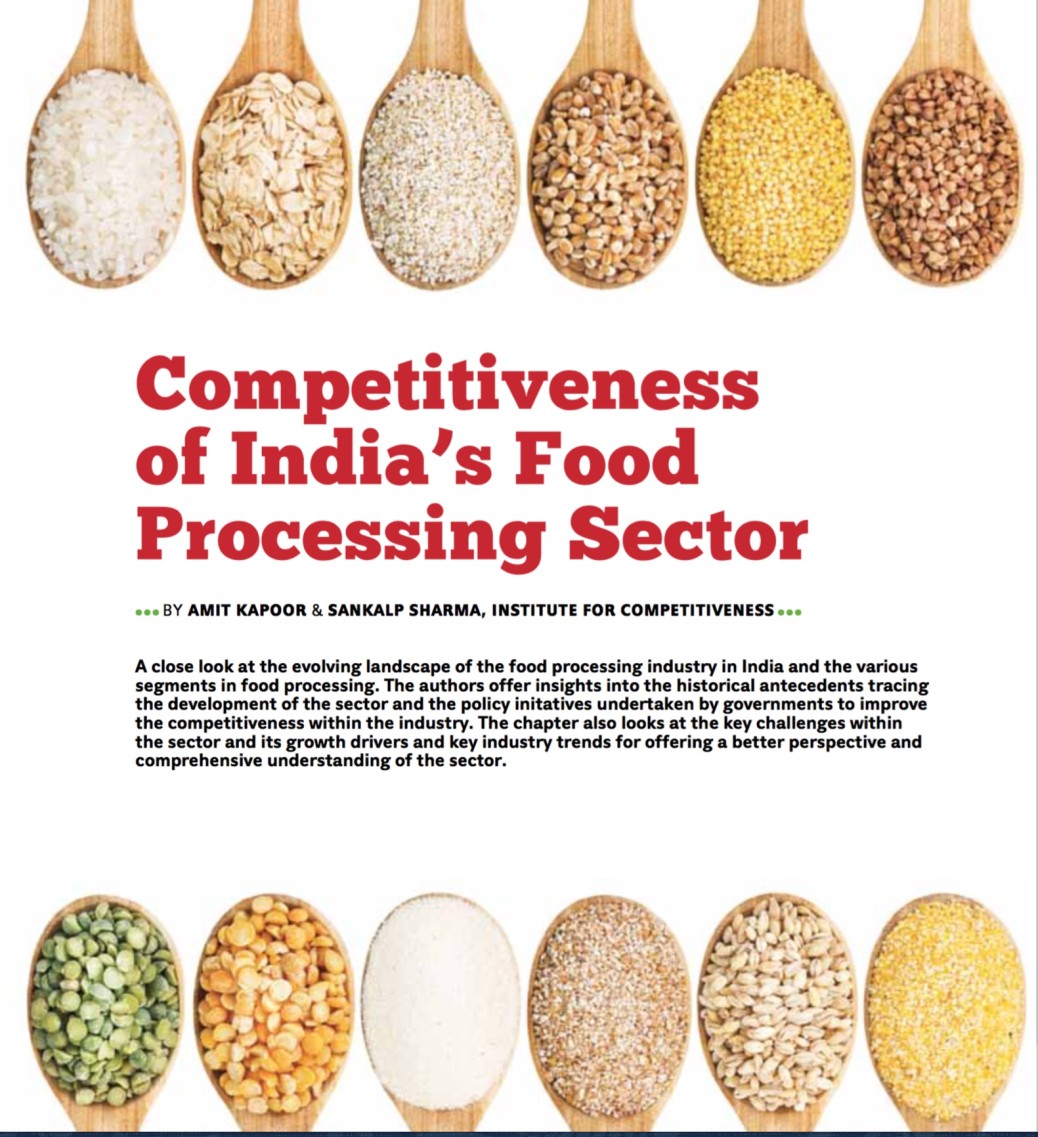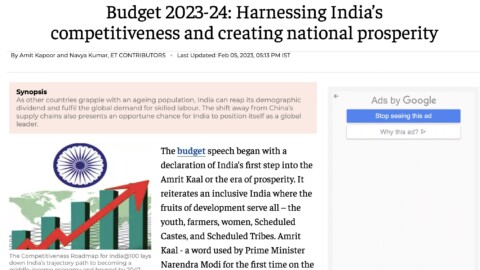Powers must be kept in check, reforms must be collaborative and citizens should be at the core
On 9 December 1946, the Constituent Assembly convened for the first time. Over the ensuing two years and 11 months, the debates spanned an impressive 167 days, generating no fewer than 12 volumes chronicling the records of the discussions that unfolded during this pivotal period. These debates played a critical role in informing, moulding, and cementing the ethos of the Indian Constitution. This period was also marked by stark contrasts within the newly independent nation, as some regions grappled with the harrowing realities of partition, while others celebrated the fresh dawn of liberty. The streets bore witness to scenes of death, violence, and bloodshed that had been unforeseen, and amid this tumultuous backdrop, the stalwarts held the weighty responsibility of restoring peace, fostering reconciliation, and crafting a vision of India deeply rooted in the principles of democracy, inclusivity, and social equity.
The Constitution of a nation serves as a profound encapsulation of the ideals and core principles that underpin its governance and collective identity. It intricately weaves together both the philosophical foundations and the practical mechanics of a nation’s functioning. In the case of India, its constitutional fabric is deeply interwoven with the rich tapestry of its diverse cultural ethos, time-honoured values of fraternity, and norms, just as it is interlinked with the intricate workings of its executive, legislative, and judicial systems. The democratic ideals are deeply preserved in our Constitution, protecting people and their rights. Our Constitution is a “living constitution” due to its remarkable adaptability and evolution over time, its ability to respond to the changing needs and aspirations of the nation and meet contemporary challenges through amendments and judicial interpretations.
Its adaptability makes it amenable to changes which reflect the needs of the people, address their insecurities and guarantee them rights to protect themselves against misuse of power by anyone. The Constitution that was adopted in 1950 has changed substantively to accommodate these needs while remaining the same in its values and principles. One is then inclined to ask – What has the Indian Constitution seen since 1950? Over the years, as many as 106 amendments (till August 2023) have been made, including the 42nd amendment, which is considered the “Mini Constituion”, the number of articles has increased from 395 to 448, and the basic structure of the Constitution has been debated. The last one is primarily important. The Basic Structure Doctrine of the Indian Constitution, as outlined by the Supreme Court in the Kesavananda Bharati judgement, serves as the bedrock of power held by the Indian judiciary to review and reject (if necessary) the amendments to the Constitution made by the Indian Parliament. The judgement, however, was not unanimous, with seven judges in favour and six in opposition. The case broadened the gap between the Parliament, which carries the mandate of the people and the Supreme Court, which is the highest authority to interpret the law in the country. In an atmosphere of mistrust between the two pillars of the government, the contestation often affected the executive functioning in the country.
Yet, at another level, many questions still remain. For instance, as a hyper-urbanising country, our Constitution still holds a very traditional rural-urban divide in the framework for governing local urban bodies, which may not align with the evolving realities of India’s development. Similarly, the seventh schedule of the Constitution delineates the division of powers and responsibilities between the central and state governments. This division manifests through the three lists (Union, State and Concurrent) where subjects are enumerated. It has also been argued that the division of subjects needs to be revisited. It is often considered a sore matter that intensifies the tensions between the state and the central government, damaging our federal ethos.
Answers to the divide between the Governor and Chief Minister also remain lost. Articles 153 to 167 of the Indian Constitution delineate the roles and powers of the Governor and the Chief Minister. These provisions establish the Governor as the constitutional head of the state, responsible for the overall administration, while the Chief Minister is the head of the elected government. Even so, the ambiguity surrounding the Governor’s discretionary powers can create conflicts, especially when the Governor decides to use their discretion to dismiss a state government or recommend President’s Rule. It can result in a constitutional crisis, as seen in instances like the Arunachal Pradesh and Uttarakhand crises in 2016. Yet there is little to no clarity over when provisions will be reformed and if at all we are seriously thinking about it or not.
As we are marching towards our centennial year of independence, having completed 75 years, one is faced with a dilemma – How reflective is our Constitution of the needs of today? It has to be said that ours is not only the longest constitution in the world but also one of the most progressive ones when it comes to protecting the citizens. But as times have changed, issues plaguing our harmony and development have become more complex. There is a definite need for more collaboration and compatibility between the two institutions, acting as checks on each other while not interfering in the functioning. However, the more pertinent question is whether we need to reimagine the idea of India through our Constitution. We need to address ambiguities that can translate into arbitrary interpretation of the document while recognising the opposite views and concerns. It is nowhere an ask for replicating the Constituent Assembly Debates as the times have evolved beyond imagination. Still, we need to come together and take matters piece by piece and assess if our Constitution, along with being a protective mechanism for our citizens, truly answers the questions that India faces today. It is time to consider that our Constitution should outline our “governance agenda”, too.
On 26 January, 2024, the Indian Constitution will complete 74 years of its adoption. Dr B.R. Ambedkar had called the Indian Constitution the “… a vehicle of life and its spirit is always the spirit of the age”. Even though Dr Ambedkar had publicly disowned the Constitution, his belief in its sanctity did not go. Even in 1949, he talked about frictions that may emerge in governance, especially between a Governor and a Chief Minister. Procedural ambiguities that often fall in the face of arbitrary interpretation need to be addressed if we want to make our Constitution more reflective of the people of this country and their needs. Powers must be kept in check, reforms must be collaborative, and citizens should be at the core.
The article was published with Business World on November 3, 2023.
























